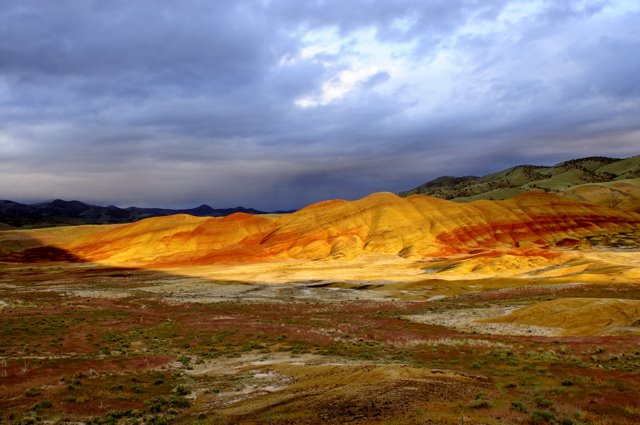Almost everyone who attended my photography walks this Summer had no idea what the histogram was. They knew it was a graphic of their picture but beyond that they had no idea as to how it works. By the end of this post you will not only know what the histogram is telling you but how to use it to create better pictures. It will take a little practice but that will be the fun part as you continue to learn how to use your camera.
The histogram is a display of the tonal values recorded by your camera. Some cameras can show a histogram of the image in your frame or viewfinder before you snap the shutter, while others will only display the histogram after you have taken the picture. Some histograms will show color tonal values of red, blue, and green tones as well as the combined tone of all three which is usually displayed as a white graphic.
If your picture is bright with lots of light areas, the graph will bias toward the right side of the graph and if it is too bright it will climb the right edge. If the picture or scene has lots of dark tones then the graphic will be to the left. Whenever the graphic shows that tonal values are against either the right side or left side, the image is too dark or too bright and you are loosing potential photo data. Don't worry about what the graphic looks like in between the sides too much. What you want to achieve is a graphic that begins near the lower left corner then climbs to the upper middle area and comes back down near the lower right corner. Don't worry if it has a jagged appearance or whatever, only that it starts and ends at the lower left and right corners.
Controlling the amount of bright or dark light is a simple matter of opening up or closing down your exposures. By opening up, I mean letting more light in by either using longer shutter speeds or wider apertures, and by closing down you would use faster shutter speeds or smaller apertures. If your camera is set to Auto it may or may not let you make simple adjustments unless you use the exposure compensation button or menu option. Just set this to plus or minus values and note the changes to the histogram. Check out my previous posts if you have problems here and refer to your manual too.
For now, turn on your camera and find the histogram if it has one. Read about it in your manual too. Then take pictures of dark areas and light areas and review what the histogram display shows you. Then adjust your camera settings to decrease and increase light until you get all the data within the graphic area and it does not climb the edges.
Knowing how to use this feature will help you get those shots that include bright backgrounds such as those bright cloudy days when your screen goes totally white, and ir will help you capture the detail in the dark shadowy areas.
Please send comments if this article was helpful to you or if you would like information about other topics.
I have created a great little book store called "How To Use Your Camera" where you can buy photography books online. Just click the link to see what is available.
You can also visit my own photography website at Dwains Picks to see some of my work.
Thanks for visiting and I hope you will check this site often.

No comments:
Post a Comment